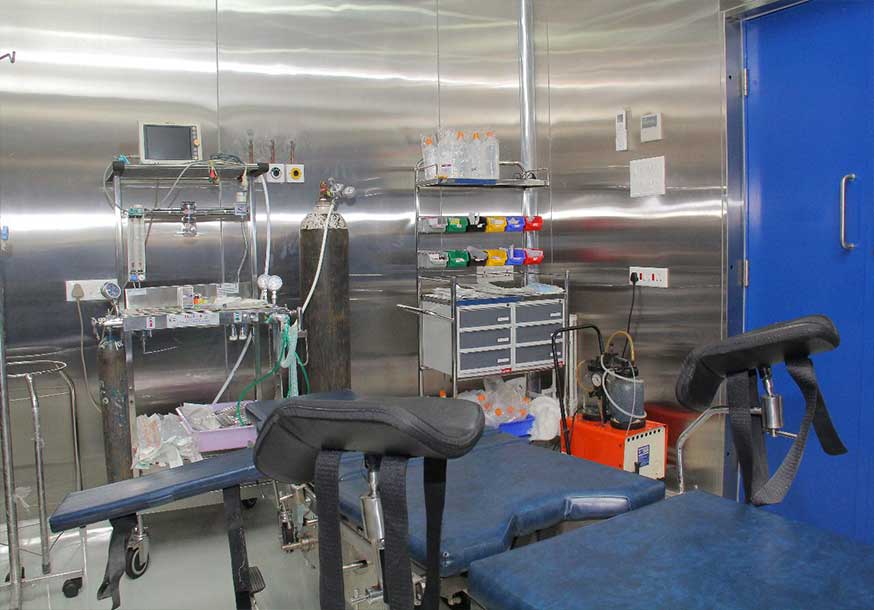Obstetric Ultrasound Services
To aid in an integrated approach for evaluation and management of pregnancies and gynaecological conditions done by senior radiologist Dr Kumara Swamy DMRD.
Normal Delivery
Normal delivery is a completely natural delivery of a baby by the mother without much medical intervention.

Stages of normal delivery:
1. First Stage
During the first stage of the normal delivery process cervix softens and stretches so that the baby can be delivered. This stage is the longest and can last up to 12/13 hours during a woman’s first delivery and about 6/7 hours for subsequent deliveries. As this stage progresses the contractions become stronger and more frequent. In the end of this stage the cervix is almost 10cm dilated and contractions are strong, painful and lasting for 60-90 minutes, occurring every 2-3 minutes.
2. Second Stage
This stage begins after the complete dilation of the cervix. Intense contractions continue, helping to push the baby head first through the birth canal. The mother is asked to push with every contraction and may find herself highly fatigued. She may also experience intense pain around the vaginal opening as the baby makes its way out. At this stage, the doctor may decide to make an incision (episiotomy) to widen the vaginal opening to make the baby’s emergence easier. The mother must continue to push till the baby finally makes it out into the world.
3. Third Stage
Placenta Is Pushed Out
In this final stage the entire placenta is pushed out through the vaginal canal. The placenta may be delivered from a few minutes to half an hour after the baby is born. The process may be manually assisted by massaging the lower abdomen.
Benefits of normal delivery
- Avoids risks associated with instruments used for a C-section delivery.
- Lower risk of infection for mother and child
- Quicker recovery for mother and shorter hospital stay
- The natural bacteria and microbes of the vagina transferred from mother to child boost the baby’s immune system, readying it for life outside the protected womb.
- Babies are at lower risk for respiratory problems since the labour contractions help prepare the baby’s lungs for breathing
- Normal delivery stimulates lactation because the birthing process activates numerous natural mothering hormones.
2. CAESAREAN DELIVERY
LSCS/Lower segment Caesarean delivery is the surgical delivery of baby with the aid of an incision in the lower segment of the uterus.A caesarean delivery is typically performed when complications from pregnancy make traditional vaginal birth difficult, or put the mother or child at risk. The decision to go for caesarean can be decided before the mother goes into labor (Elective Caesarean) or during labor(Emergency Caesarean) Common reasons to schedule a caesarean before labor may include a breech presentation, a previous caesareanwhere vaginal birth after caesarean is not advised, low lying placenta, multiple pregnancies, adverse maternal medical conditions etc. Emergency Caesarean is done for Foetal distress, meconium stained liquor, antepartum haemorrhage, obstructed labour etc.
Most caesareans are carried out under spinal anaesthesia; that means one will be awake but the lower portion of the body, below the waist will be numb. One may feel some pulling when the baby is being delivered. The whole procedure takes around 40-50 minutes. There will be a tube placed in the urinary bladder for passage of urine, which will be removed after a day. The average stay in the hospital after caesarean delivery is around 3-4 days.
A caesarean is generally a very safe procedure, but like any type of surgery it carries a certain amount of risk.
It's important to be aware of the possible complications, particularly if you're considering having a caesarean for non-medical reasons.
Possible complications include:
- infection of the wound or womb lining
- blood clots
- excessive bleeding
- damage to nearby areas, such as the bladder or the tubes that connect the kidneys and bladder
After discharge one should watch for
- Fever
- Red/swollen incision or leaking discharge
- Heavy bleeding
- Worsening pain